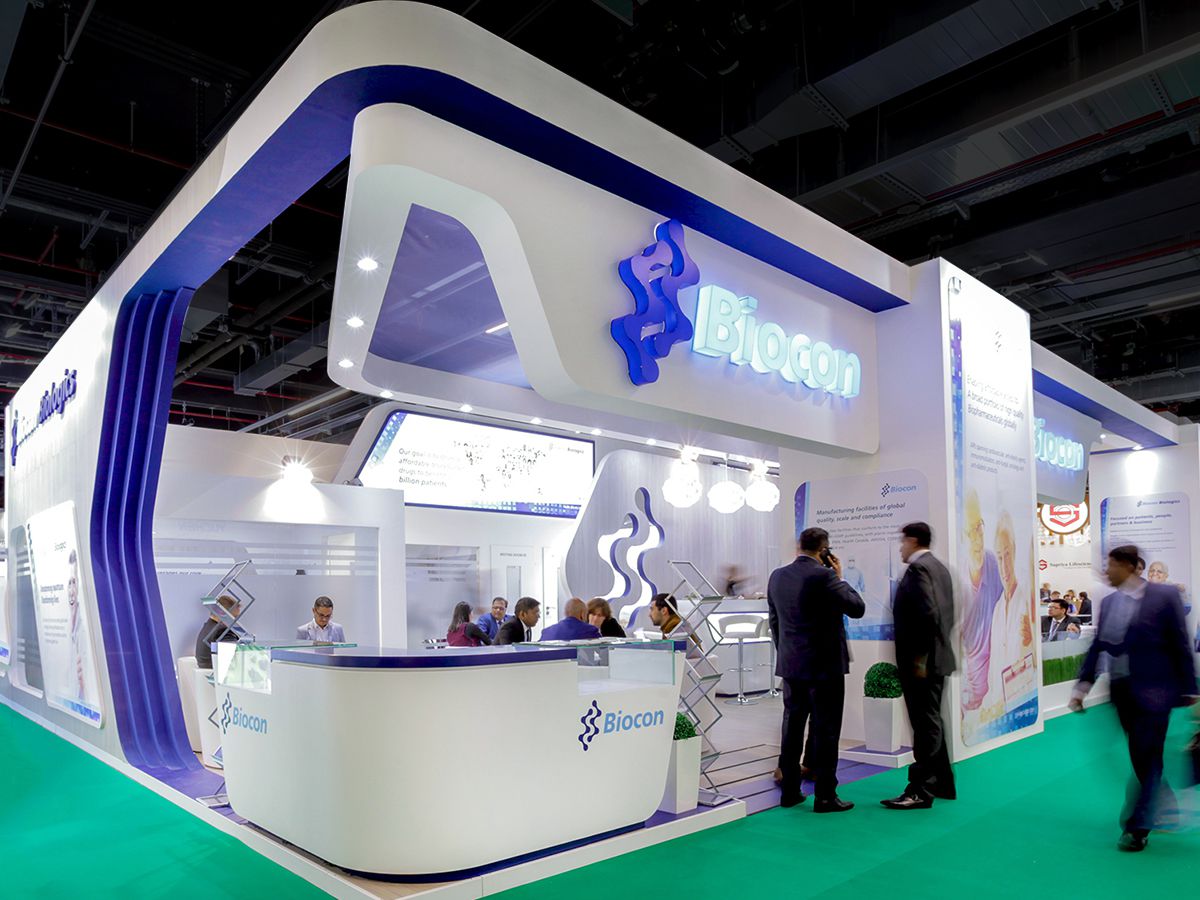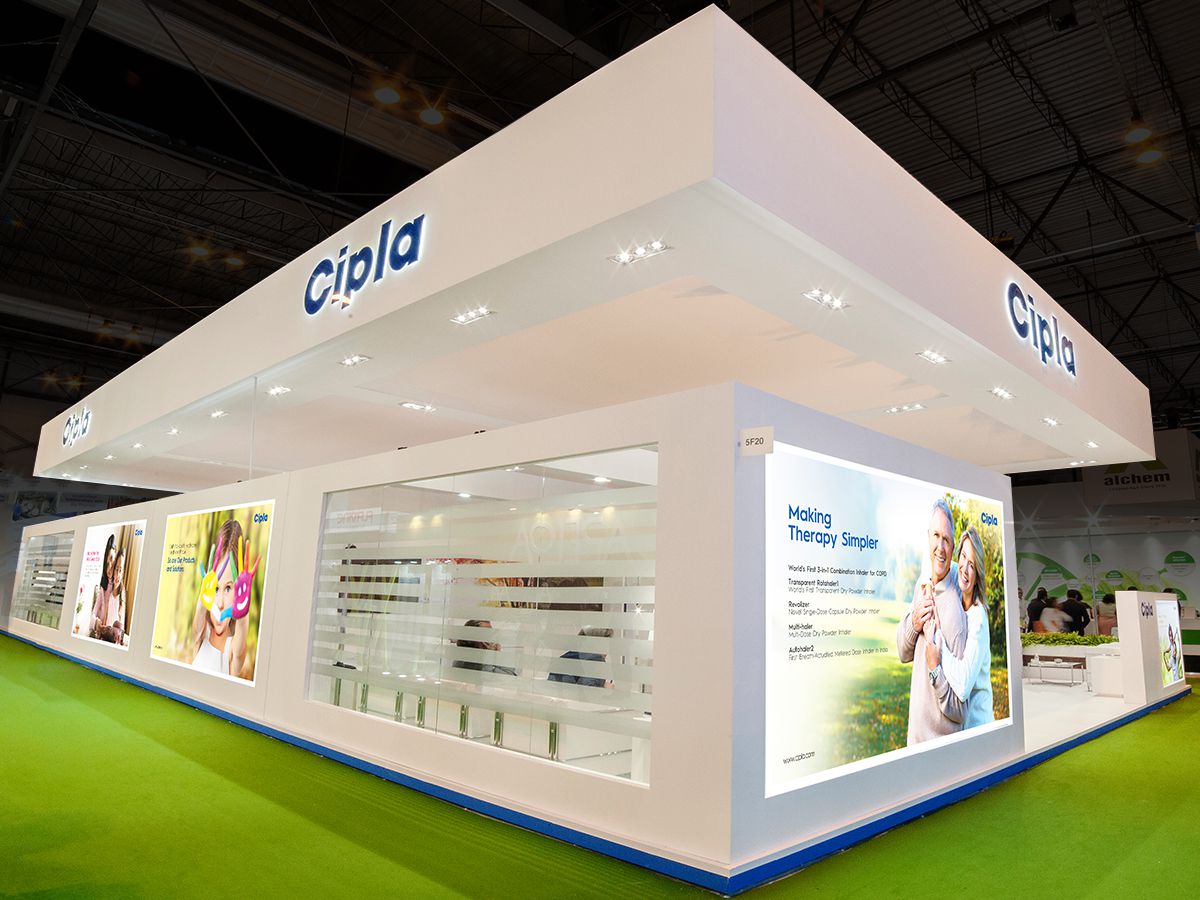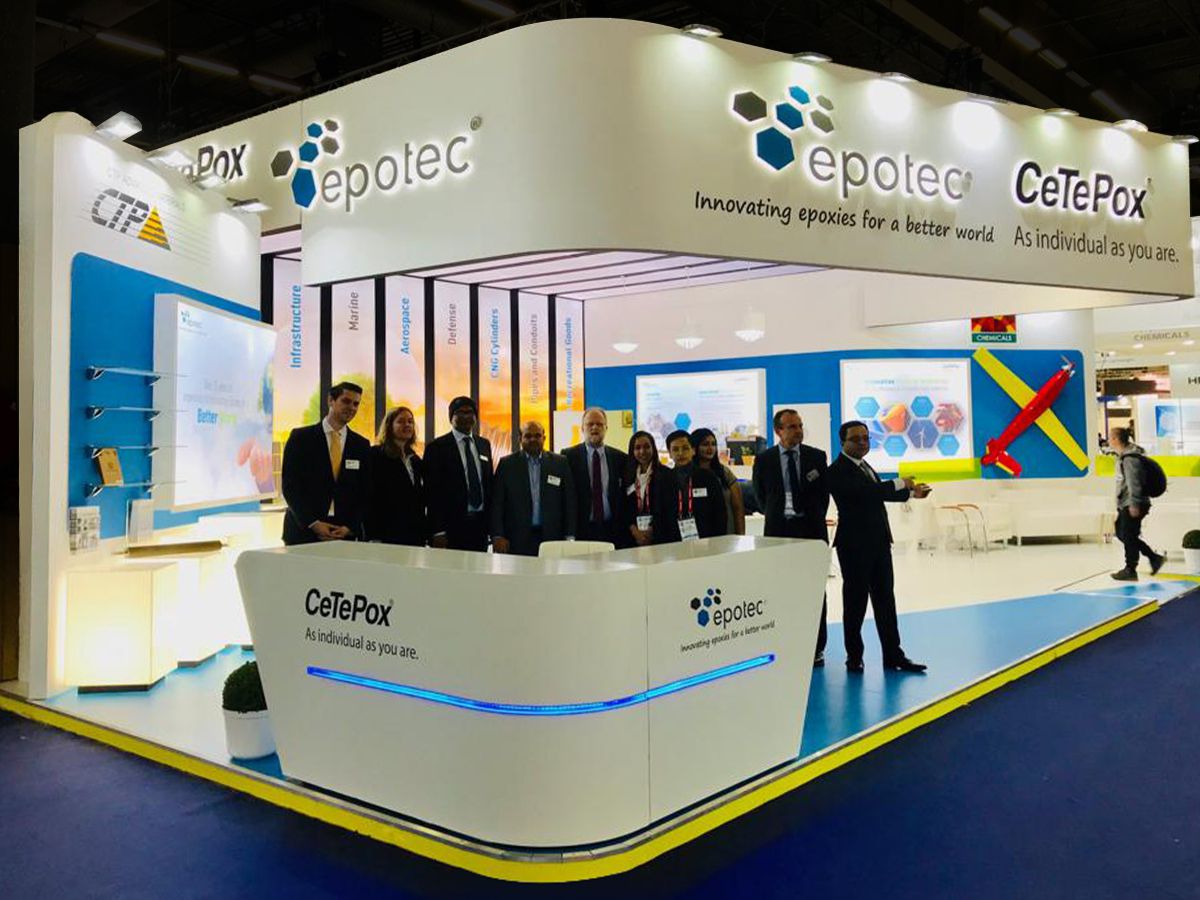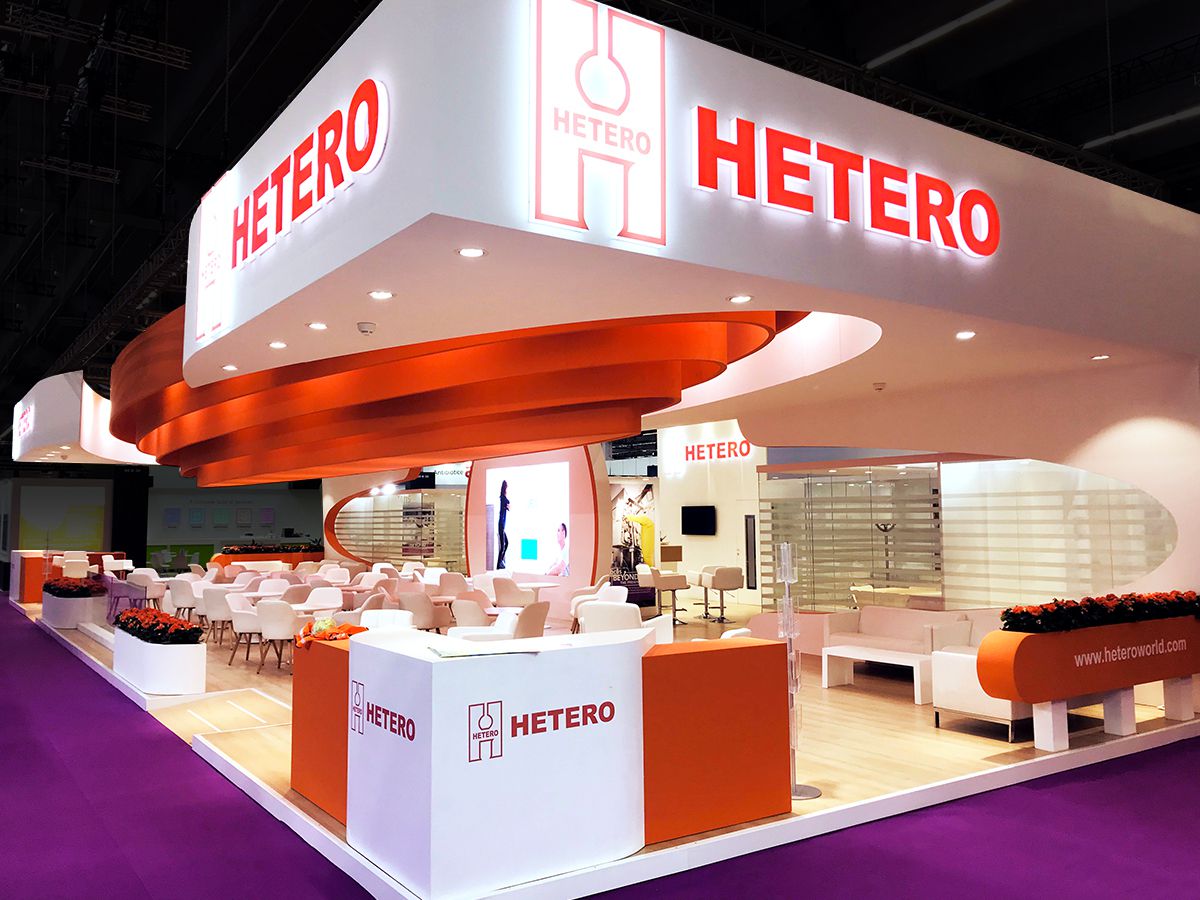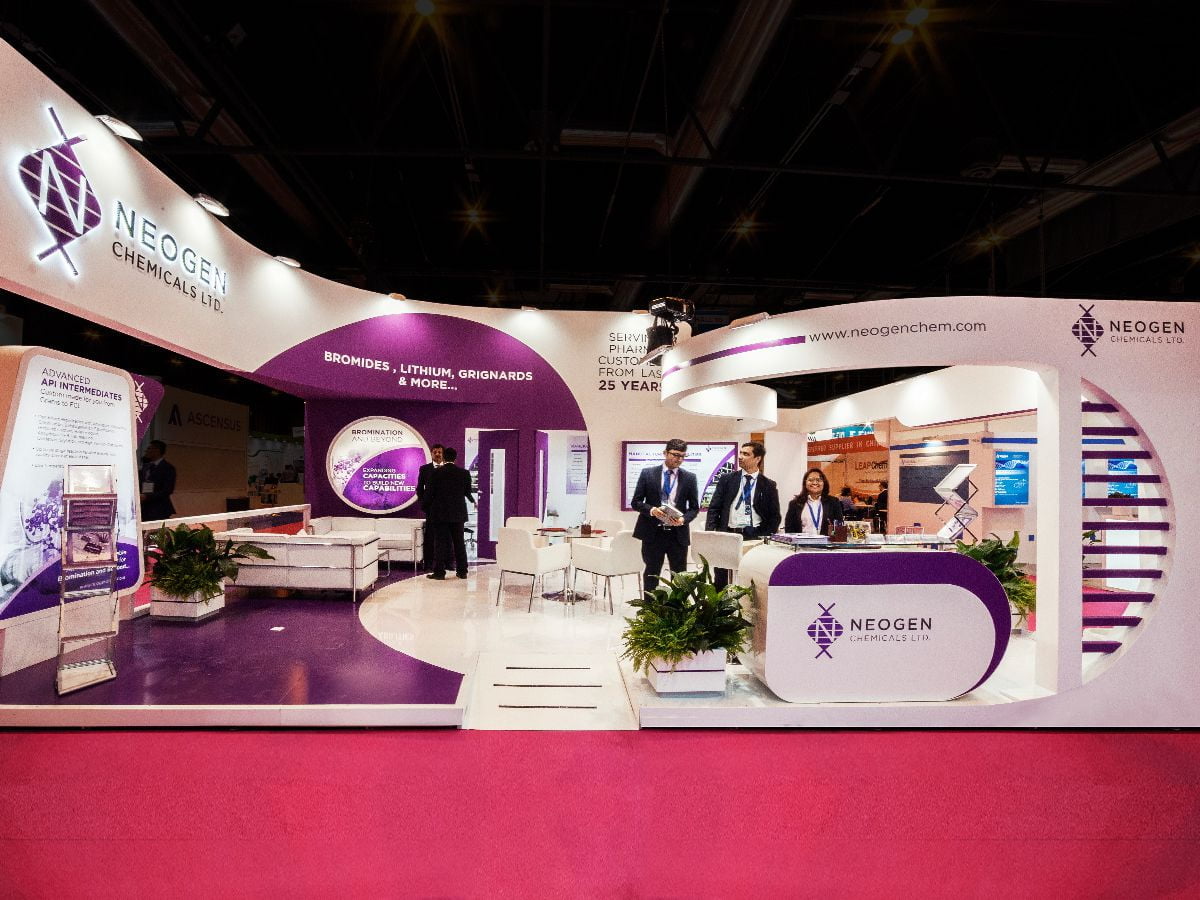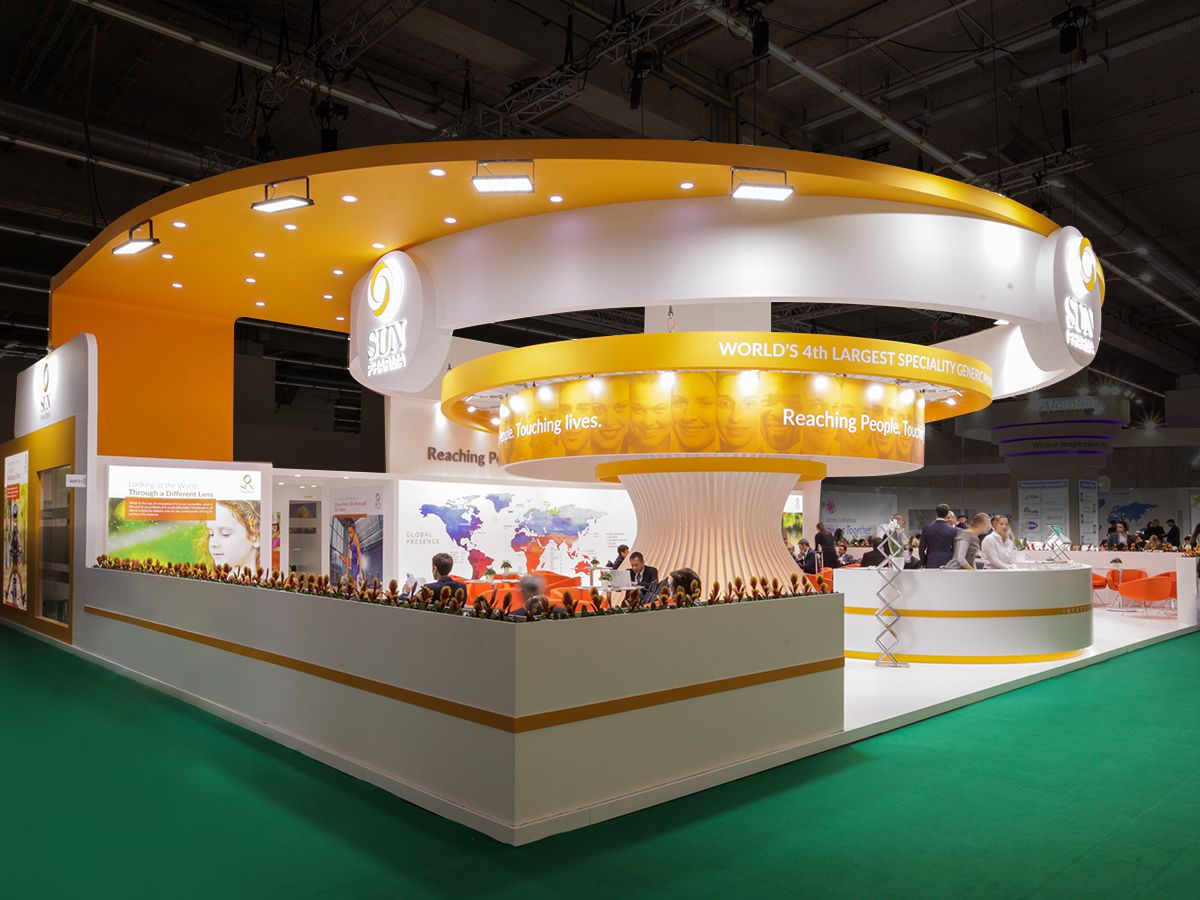Expo Display Design

Conference Booth Displays
We are an exhibition design agency in Europe that provides customized and modular exhibition stands for exhibitions and conferences.

Best Exhibition Stands
As a one of best expo booth design companies in Europe, we have a client-centric approach for the exhibit stands and aim to deliver it with 100% customer satisfaction.

Unique Expo Stands
Being one of the top expo booth design companies in Spain, we create a variety of exhibition stalls including customized stands, modular displays and portable exhibits.
Expo Displays are excellent instruments for showcasing the brand, its personality, and its products. Expo display designers come in wide-ranging. If you are planning for the best show to meet your purposes, we have outlined different types of expo displays designers for you to make the precise decision.
The Top 8 Common Expo Display Design
Establishing a bold statement with your expo displays is crucial when it comes to marketing your items in any European nation.
This is a sure way of ensuring your brand is noticed by potential customers. Exhibition displays come with several benefits to product and services exhibitors or marketers. Let’s see the common types of expodisplay designs.
1.Pop Up Display
Pop-ups provide portability, ease of setup, a lower price, and various choices to customize your exhibit. They can be used as a solid-looking back wall in most cases. Realistic panels can be added for higher impact, making your booth display design have a unique message.
Pop-up works by using a frame that opens up, letting a structure for rising fabric or graphic panels to it to make a large image wall. Selections like monitor holders, lights, and shelves can be added to help change the pop-up display. Also, the case is functional since it can be changed to a meet and greet podium by covering it with fabric or graphics along with a plastic top.
2.Banner Stands
Banner stands are among the most widely used and adaptable expo show booth displays. They have become a staple with expo show retailers, marketers, and organizations looking for displays because they are highly portable, cost-effective, and easy to skin with custom graphics. They are an ideal solution for businesses expecting to get their brand noticed in an instant. Establishing a bold statement with your fair displays is crucial when it comes to marketing your items in any European nation.
3.Island Exhibits
Island exhibits are among the largest expo show display designs. They are usually occupied by well-known corporate brands and are 20×20 or larger. Some of them are as big as 70×90 feet in size! Islands are free-standing displays that do not share walls with any other booths or even with the event space. They normally have access points on all four sides.
If you have a good marketing team, island exhibits have the potential to become a highly popular or even eye-catching expo show stand. In most cases, the largest booths at any show are almost always busy.
Island booths give the maximum exposure for people entry accessibility. These booths offer customers the best access option because all four sides are open. It also provides the most freedom for your display design, arrangement, and height because it is open on all sides.
4.Table-Top
These booths are smaller than the pop-up booths, designed to sit on top of an average 6’ table for expos that do not allow booths. The booth can accommodate two people and is perfect for small and tight spaces. Table-top booth is also easy to mount since they can be built and disassembled. It is highly lightweight and does not need any tools for assembling. This expo stand are also appropriate for new exhibitors.
5.Hanging Display Designs
These types of displays use pillowcase graphic attachment and are of different shapes like rings, pyramids, squares, and custom shapes. Most of them are lightweight, collapsible to fit inside a small case or bag. They are very easy to set up and dismantle. However, hanging them from the ceiling of the exhibit floor might require labor help.
6.Peninsulas
These displays are placed with three sides exposed to the gangway and the fourth side backed up against another peninsular exhibit. The two peninsulas together make one whole passageway. The booth is 20×20 feet, but the largest can be 4 times the size of a standard linear booth.
Peninsulas provide the advantage of having three exposed sides, but in a smaller footprint that makes the end-cap more affordable.
7.Portable Pop-up Bar Cart
Portable bar cart is certainly one of the most interesting. These displays are designed to be used outdoors in configurations like a bar cart, hydration station, a portable sampling station, in an event or race, or whatever other creation. These display units are either 40” (large) or 24’’ (small). Another interesting thing about portable bar carts is how they are easy to fix and dismantle.
8.Perimeter Booth
Perimeter booths have the same basic setup as an inline booth, with other booths surrounding it on either side. The difference is that this kind of option has access to a wall behind the booth — which is perfect if you have a large display. With maximum height potential to use in your design, you gain access to increased brand exposure and interest for patrons.
If you need assistance in selecting a expo show display design or get in touch with us. We have an experienced team of events and exhibition personnel who have been part of this industry for many years and who understand the functionality as well as aesthetics of displays across the globe.
The User Experience of Display Design: Are You Designing for Interaction?
Introduction
It’s easy to visualise an expo where each display not only looks good but also makes you want to interact, discover, and encounter. This article is a behind-the-scenes look at the craft of designing displays that become lasting memories rather than just impressive spectacles. The user experience is the lifeblood of a successful display design, even in an array of eye-catching images. So grab your seat because we are going to take you on a consultative walk through the best ways to add interactive parts to your display strategically, make it more user-centric, and use data to drive continuous improvement. Let’s make sure your display not only shines out but also turns into an unforgettable destination in a world where every booth is vying for customers’ attention.
The Need for User-centricity as a Non-negotiable in Effective Display Design
Welcome to the core of booth design philosophy – where the success of your exhibit hinges on putting your audience first. In the bustling realm of expos and fairs, understanding that user-centricity isn’t a fancy option but an absolute necessity is your gateway to a display that stands out amidst the sea of competition.
Designing for the Audience, Not the Ego
Let’s be blunt – it’s not about how much you love your design; it’s about how much your audience will love it. Before you dive into colour palettes and layout, pause and ask yourself, “Who am I designing for?” Tailor your exhibit to resonate with your audience’s tastes, preferences, and interests. Remember, an expo isn’t a personal art gallery; it’s a communal experience.
Crafting a Journey, Not Just a Display
When visitors step into your space at the fair, they should embark on an adventure curated by your design. From the initial eye-catching element that draws them into the well-thought-out layout that guides their gaze, every detail contributes to the user’s experience. Design isn’t just about aesthetics; it’s about orchestrating a seamless journey that leaves a lasting imprint.
Empathy: The Unsung Hero of Design
Empathy is your secret weapon. Understand the needs, desires, and pain points of your audience. What makes them tick? What challenges are they facing? A display that addresses these aspects is bound to create a connection. If your expo booth feels like a space designed with your audience in mind, you’re on the right track.
Designing Inclusivity, Not Exclusivity
Your exhibit should feel like an inclusive party, not a VIP club with a velvet rope. Ensure that your design caters to a broad audience. Consider factors like accessibility – both physical and digital. Your expo space should be inviting to everyone, regardless of age, background, or abilities. The more inclusive your design, the more attendees will feel a sense of belonging.
User-centricity Beyond Aesthetics
User-centricity extends beyond visual appeal. It’s about functionality and usability. Is your display easy to navigate? Are interactive elements intuitive, or do they require an instruction manual? The more user-friendly your design, the more seamless the interaction. Remember, the goal is not to impress with complexity but to engage with simplicity.
Making Your Display a Magnet, Not a Mirage
In the bustling environment of expos and fairs, attention is a commodity. Your display needs to be a magnet, drawing in attendees with irresistible charm. Consider the first impression your exhibit makes. Does it have a focal point that demands attention? Is it visually distinct from the neighbouring booths? The art of booth design lies in being a magnetic force in a sea of distractions.
The Power of Real-time Adaptability
Your display design should be agile ready to pivot based on real-time interactions and feedback. Keep an eye on how attendees are engaging with your exhibit. Are they lingering at certain points, or are they breezing through? Real-time adaptability ensures that your display is a living entity responsive to the needs and reactions of your audience.
Measuring Success Beyond Footfall
Success is about the impact your display has on each visitor. Are attendees leaving with smiles, sharing their experience on social media, or, better yet, becoming brand advocates? User-centricity isn’t just a design principle; it’s a strategy for creating meaningful connections that extend beyond the expo floor.
Inviting Engagement, Not Just Observation
Your display should be more than a visual spectacle; it should beckon participation. Encourage visitors to engage actively, whether through hands-on activities, interactive exhibits, or immersive experiences. An engaged attendee is more likely to remember your brand long after the expo wraps up. Transform your display from a mere observation point to a playground of engagement.
Authenticity: The Unsung Hero of Connection
Authenticity is magnetic. Your display should reflect the authentic core of your brand. Genuine interactions create lasting impressions. Avoid the temptation to over-glamorise or exaggerate. Attendees appreciate honesty, and an authentic display builds trust. Remember, at an expo, where impressions are swift, authenticity speaks volumes.
User-centricity Beyond the Physical Space
Extend user-centricity to the virtual realm. In our interconnected world, the online experience is just as crucial. Ensure that your display has a digital footprint – a website, social media presence, or interactive online content. It allows attendees to revisit and share their experience, creating a digital ripple effect that extends the life of your display beyond the physical expo. Craft an experience that speaks to your audience, guides them through a captivating journey, and leaves an indelible mark. Booth design isn’t an art form; it’s a conversation starter at the grandest expo of all – the one where your brand meets the world.
Guidelines for Selecting and Incorporating Interactive Features Strategically into Display Design
Now that we understand the essence of user-centricity in display design let’s dive into the dynamic world of interactive features. Your display is not just a static presentation; it’s an engaging conversation with your audience. To make this interaction memorable, we need to strategically choose and integrate interactive elements that resonate with your brand and captivate your visitors.
1. Dance of Relevance: Tailoring Interactivity to Your Brand Story
Your brand has a story to tell, and interactive features are the characters in that narrative. Before selecting any bells and whistles for your expo masterpiece, take a moment to reflect on your brand’s essence. Are you a tech-savvy innovator? A timeless classic? A quirky trendsetter? Your interactive features should seamlessly align with this brand personality, creating a cohesive and immersive experience for your audience. Pro Tip: Think of your booth design as the stage and the interactive elements as the actors – they should complement each other, not compete for the spotlight.
2. Level Up: Choosing the Right Interactivity Gauge
Not all displays need a virtual reality roller coaster to make an impact. The level of interactivity should be a deliberate choice based on your objectives and audience. If your target demographic enjoys a hands-on approach, consider touch screens or interactive product demonstrations. For a more laid-back audience, opt for subtle yet engaging elements that encourage observation and contemplation. Pro Tip: Don’t fall into the trap of adding interactivity just for the sake of it. Each element should serve a purpose and enhance the overall user experience.
3. No Tango Twists: Keeping It User-friendly and Accessible
Imagine attending an expo where the interactive features are more confusing than a Rubik’s Cube. Frustrating, right? When incorporating interactive elements, prioritise user-friendliness. Buttons should be well-labelled, touch screens intuitive, and instructions crystal clear. Accessibility is not just a buzzword; it’s the key to ensuring everyone, regardless of tech proficiency, can enjoy and engage with your display. Pro Tip: Conduct usability tests with individuals outside your immediate team. Their feedback will highlight any potential pitfalls in user-friendliness.
4. Harmony Over Hype: Wow-factor vs. Functionality
We all love a good “wow” moment at expos and fairs – that jaw-dropping element that makes you stop in your tracks. However, remember that your booth design is not a fireworks show; it’s a carefully orchestrated symphony. While aiming for that wow factor, ensure that the interactive features don’t overshadow the primary purpose of your display. Pro Tip: Conduct a “blink test.” If your visitors can’t grasp the core message within a few seconds, your display might be too overwhelming.
5. Sensory Salsa: Engaging the Senses for a Multisensory Fiesta
Booth design isn’t just about what your visitors see; it’s about creating a multisensory journey. Incorporate elements that appeal to different senses – touch, sound, and even smell. Whether it’s a tactile texture on a product display, ambient background music, or a subtle fragrance that aligns with your brand, engaging multiple senses enhances the overall impact. Pro Tip: Think of your display as a gourmet dish. Each interactive element is a distinct flavour, contributing to a rich and memorable experience.
6. Purposeful Pas de Deux: Crafting Interactive Elements with Intent
Every interactive feature in your booth design should have a clear purpose. Are you collecting user data? Providing product information? Creating a shareable moment for social media? Define the objectives of each element and ensure they align with your overall goals. This clarity not only streamlines the user experience but also helps in evaluating the effectiveness of your display. Pro Tip: If an interactive element doesn’t serve a purpose, it might be better replaced with something more impactful.
7. Flex and Flow: Flexibility for Audience Participation
An expo or fair is a dynamic environment, and your booth design should adapt to different levels of audience engagement. While some visitors might prefer a hands-on approach, others may want to observe from a distance. Design your interactive features to accommodate various levels of participation, ensuring that every visitor finds a comfortable and enjoyable way to engage. Pro Tip: Create zones within your display, each offering a different level of interactivity. It allows visitors to choose their preferred level of engagement.
8. Storytelling Shimmy: Choreographing Interaction into Your Story
Your booth design is not a mere showcase of products; it’s an opportunity to tell a compelling story. Integrate interactive features that contribute to this narrative. Whether it’s a touchscreen timeline highlighting your brand’s journey or an augmented reality experience showcasing the evolution of your flagship product, storytelling through interaction adds depth and resonance to your display. Pro Tip: Test the flow of your interactive elements to ensure they create a coherent and engaging story for visitors to follow. So, the strategic incorporation of interactive features is the secret sauce that transforms your exhibit from a static presentation to an immersive experience. Remember, your display is not just a canvas – it’s a stage, and the interactive elements are the actors that bring your brand story to life.
How It’s Vital to Make Data-driven Changes for Ongoing Display Design Improvement
Let’s cut to the chase – data is your secret weapon. Analytics tools are not just for the tech-savvy; they’re your eyes and ears on the ground, revealing what works and what doesn’t. So, buckle up because we’re diving deep into the realm of data-driven changes for ongoing improvement in your display design.
– The Numbers Never Lie: Utilising Analytics for Performance Evaluation
In the electrifying world of expos and fairs, every glance and every interaction counts. Analytics tools are your backstage pass to understanding how your audience interacts with your display. Track the numbers – the foot traffic, the time spent on each interactive element, and the most frequented zones of your exhibit. It’s like having a magnifying glass on the heartbeat of your booth design. Want to know which corner of your expo space is a magnet for attention? Analytics has your back. Discovering the sweet spots of engagement empowers you to strategically place key elements and fine-tune your display for maximum impact.
– A/B Testing: Refining Your Approach with Precision
Well, A/B testing is the next best thing. In the world of booth design, it’s about pitting variations against each other to see which emerges victorious. It’s the playground where you test different colours, interactive features, or even the layout of your display. Think of it as a chef experimenting with flavours – you want to serve up a design that tantalises the taste buds of your audience. A/B testing is your recipe for success, helping you refine your approach with surgical precision. Did a particular interactive feature steal the show? Double down on it. Did a specific colour scheme fall flat? Pivot and try something new.
– Staying Agile in Design Implementation: Because Trends Wait for No One
In the dynamic world of expos and fairs, trends can shift like the wind. Being agile in your design implementation is not a luxury; it’s a necessity. Data-driven changes empower you to pivot swiftly, aligning your display with the latest trends or shifts in your target audience’s interests. Think of it as a dance – your booth design sways gracefully with the rhythm of changing preferences. Whether it’s updating interactive content, refreshing visuals, or tweaking the overall layout, agility ensures that your display remains a trendsetter, not a follower.
– Harnessing User Feedback: The Fuel for Design Refinement
Data isn’t just about numbers; it’s about voices. Direct user feedback is a goldmine waiting to be tapped. Whether through surveys, comments, or social media, the opinions of those who experienced your display are invaluable. Listen to what they loved, what they found confusing, and what made a lasting impression. User feedback serves as a compass guiding you through the maze of design possibilities. It unveils the aspects that resonate most with your audience and highlights areas that might need a tweak. By actively seeking and embracing user feedback, you transform your display into a responsive entity that evolves based on real experiences and perceptions.
– Predictive Analytics: Anticipating Future Trends
Don’t just adapt to the present; anticipate the future. Predictive analytics empowers you to forecast trends and make proactive adjustments to stay ahead of the curve. By analysing past data, industry trends, and emerging technologies, you can make informed decisions that position your display as a trendsetter rather than a follower. For example, if data suggests a growing interest in a particular technology, consider integrating it into your future booth designs. By staying attuned to predictive analytics, you not only keep your exhibit fresh and relevant but also showcase a forward-thinking approach that resonates with a forward-thinking audience.
– Collaborative Analytics: Learning from the Collective Expo Wisdom
Finally, don’t operate in isolation. The expo landscape is a collective space of ideas, innovations, and insights. Collaborative analytics involve sharing and learning from the data generated by various exhibitors within the expo or fair. This collaborative approach allows you to gain a broader perspective on industry trends, visitor behaviours, and successful strategies. Engage with fellow exhibitors, share anonymised data insights, and collectively elevate the overall quality of booth designs within the expo. By tapping into the collective expo wisdom, you not only contribute to a thriving community but also position your display as part of a dynamic, evolving ecosystem. As you navigate the expo landscape, remember – the power to captivate, engage, and leave an indelible mark lies in making data-driven changes for ongoing improvement. The expo stage is yours, and with data as your guide, there’s no limit to the heights your display can reach. Booth design isn’t just an art; it’s a data-driven symphony of success.
Conclusion
Dive into the dynamic realm of booth design, where each iteration is a step closer to perfection. As you embark on this creative journey, consider partnering with SOL GmbH for design solutions that not only dazzle but also deliver. Elevate your displays, make every interaction count, and leave an indelible mark on your audience. Because in the tapestry of expos, it isn’t just display design—it’s an immersive adventure.
Our Portfolio
Contact Us
